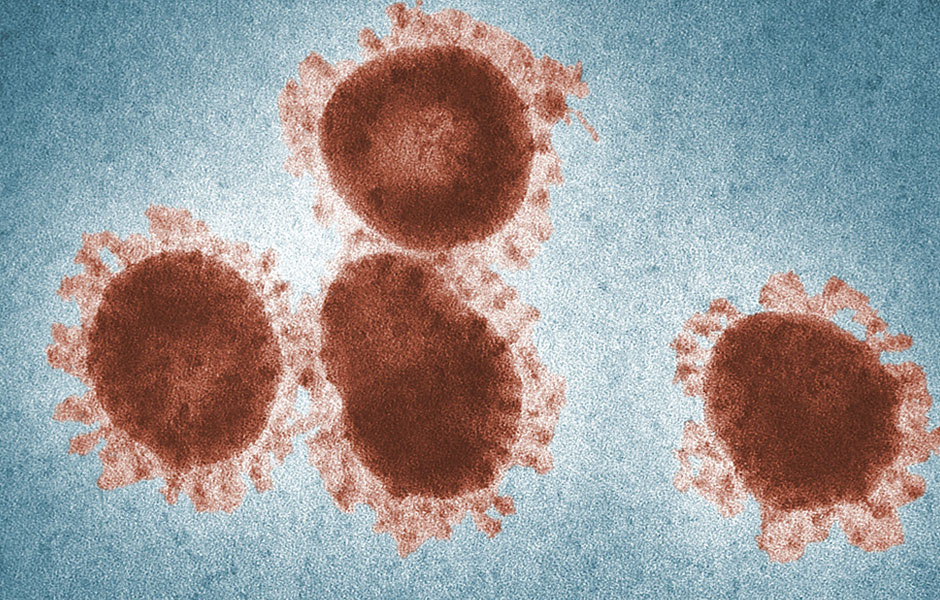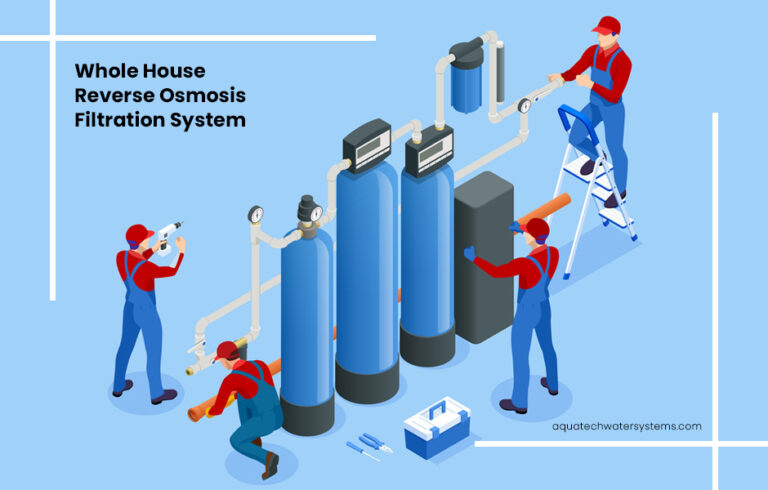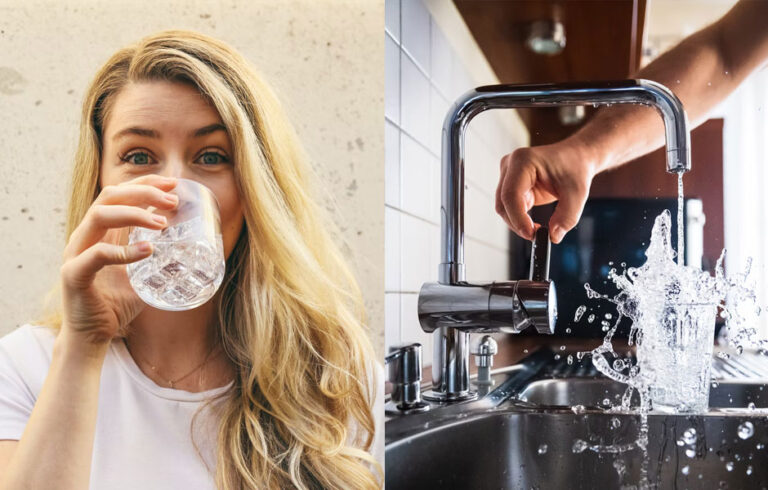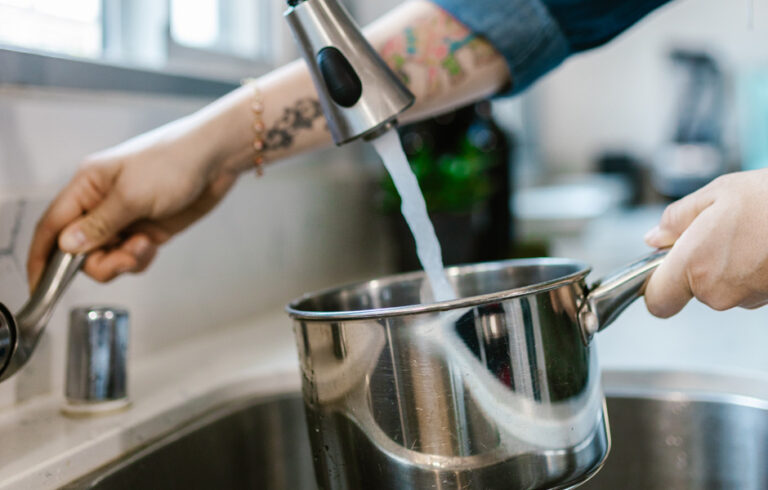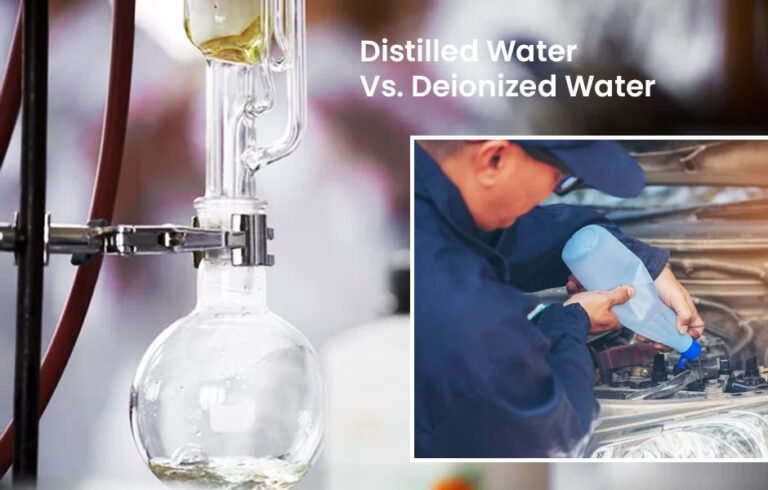Drinking water is an essential part of life, but it can be a source for bacteria and viruses that may not be good for your health in many households. Tap water can contain over 100 types of these contaminants with compromised sources like municipal systems or wells, which cause illness and diseases. However, tap water can be usually safe provided that maintenance and regulations are followed, but sometimes there are more microbes in the tap water than what you could tolerate.
Water treatment systems like reverse osmosis can be used at home or office to remove these bacteria and viruses, thereby making your water fresh and safe to use. This article will give a comprehensive overview of how RO water filter technology works to remove these pathogens and make your tap water safer.
Type of bacteria present in tap water
Some common bacteria that may be present in the tap water are Escherichia Coli (E. Coli), Fecal Coliforms, Campylobacter Jejuni, Pseudomonas Aeruginosa, Giardia lamblia, Cryptosporidium, Listeria Monocytogenes, and Salmonella Typhimurium – which can be classified as pathogens. If untreated, these bacteria can cause illnesses such as diarrhea, pneumonia, hepatitis A, typhoid fever, and other gastrointestinal problems.
Let’s take a look at some of the bacteria present in your tap water and how you can remove them!
Escherichia Coli is a bacterium that causes diarrhea from drinking water with high levels and can be found in any environment where there are humans, such as homes, schools, hospitals.
Campylobacter Jejuni is the most common cause of food-borne gastroenteritis (diarrhea). It can also be found in tap water that has been contaminated by poultry feces, such as on farms, hatcheries, slaughterhouses, and live poultry markets.
Fecal Coliforms are stool bacteria that may cause gastrointestinal problems like stomach aches or cholera.
Pseudomonas Aeruginosa is bacteria that can cause infection of the eyes and nose from drinking water with high levels. It can also cause skin infections and pneumonia.
Cryptosporidium is a protozoa that can cause diarrhea when ingested and is transmitted through contaminated water. It can also be found in tap water due to animal feces, human sewage, or food contamination.
Giardia Lamblia is a type of parasite which causes intestinal infections from drinking infected water sources such as lakes, ponds, rivers, and streams – but it has also been found in tap water.
Salmonella Typhimurium are bacteria that can cause food poisoning if ingested, often through inadequately cooked foods – but it has also been found in tap water.
These are some of the most common types of bacteria present in tap water that may be harmful to your health if not removed.
Type of viruses present in tap water
Some common types of viruses present in tap water are Rotavirus, Norovirus, and Adenovirus. These viruses can cause illnesses like diarrhea, vomiting, or respiratory problems if untreated.
Let’s take a look at some of the most common types of viruses found in your tap water and how you can remove them!
Rotavirus is one of the leading causes of diarrhea in children worldwide. We can find it in municipal water sources that have been contaminated by people infected with the virus.
Norovirus is a type of viral gastroenteritis that can cause nausea, vomiting, and diarrhea, among other gastrointestinal symptoms if untreated. It may also be spread through food or drinks tainted with human fecal matter like tap water contaminated by sewage from septic tanks.
Adenovirus is a leading cause of respiratory illness found in municipal water sources contaminated by human feces.
These are some of the most common types of viruses present in tap water, posing serious health risks if not removed.
The bacteria, viruses, or other pathogens content in your tap water depends on where you live and what type of water system you have, so be sure to check with your city’s guidelines. If your city has a more modernized filtration process, it will be less likely that bacteria and viruses are present in your tap water than if it does not.
How to get rid of these bacteria and viruses?
There are a few ways to get rid of these bacteria and viruses in your tap water.
- One way is by boiling the tap water before you use it, which kills most types of bacteria, viruses, or pathogens present.
- A second way is through chlorination which will kill all forms of life due to its extreme toxicity levels.
- Lastly, you can use a reverse osmosis (RO) water filter to remove bacteria and viruses from your tap water before consumption.
Sometimes each type of bacteria and virus has different removal methods, so it’s essential to know which one you’re dealing with before trying any treatments that might not work.
However, it is difficult for an ordinary person to identify the type of bacteria and virus present in his water, especially if there is a lack of information on what to look for. Hence, installing an RO water filter is the best possible solution to kill all types of bacteria and viruses from your tap water.
Removing bacteria and viruses by installing an RO water filter
An RO water filter is one of the best ways to remove all types of bacteria and viruses from your tap water without having to boil it or chlorinate it. It removes heavy metals, other contaminants, and organic matter in the tap water before making its way to your faucet, providing you with clean, filtered water that doesn’t have the risk of containing harmful bacteria, viruses, or parasites from polluted sources.
RO filters have been proven to remove more than 99% bacteria and viruses coming from your tap water.
A multi-stage process removes particles of any size, ensuring that you will only ever drink pure filtered water. This will make the tap water drinkable and safe for cooking, and will protect you from coming into contact with these harmful microorganisms.
How does the Reverse Osmosis process remove bacteria?
Reverse Osmosis (RO) separates dissolved solids from liquids with high pressure creating an ultra-filtered solution of pure water without any bacteria, viruses, or parasites present. Most RO water purification systems use a combination of both filtering and precipitating to achieve the best results when removing harmful organisms like bacteria and viruses.
1. Bacteria are killed by ultraviolet light
The step involves removing all bacteria from your tap water through UV filtration. UV bacteria removal is a process that uses ultraviolet light to destroy bacteria.
2. Removal of bacteria through carbon block filters
This step traps bacteria, viruses and other organic molecules, such as chlorine, volatile organics, herbicides, pesticides, and insecticides.
3. Using RO membrane to filter bacteria and other pollutants from tap water
This step involves removing bacteria, viruses (or any other harmful chemicals) by using a membrane or filters with holes smaller than bacteria. This will remove all known pathogens as well as other contaminants.
Through the combination of UV light, carbon block filters, and RO membrane, you will be able to remove all harmful bacteria and viruses from your tap water to make it safe for drinking.
Conclusion:
The presence of bacteria in tap water is not surprising, but installing an RO system can eliminate 99.99% of all bacteria, viruses, and contaminants.
The presence of bacteria is closely correlated with unhealthy conditions such as a lack of sanitation, filtration, or chlorination from the source of water. If the tap water is from a municipal system, the authorities should carry the typical filtration steps to disinfect it before reaching your home.
It’s important for people who have a weaker immune system to make sure that they know the type of bacteria present in their tap water, and install an RO water system, as this could affect how quickly it takes for them to develop symptoms when exposed to untreated water.
RO water filters are an easy and cost-effective solution for removing bacteria from your tap water. We provide RO on Rent, taking care of all maintenance and filter changes annually at no additional cost.
